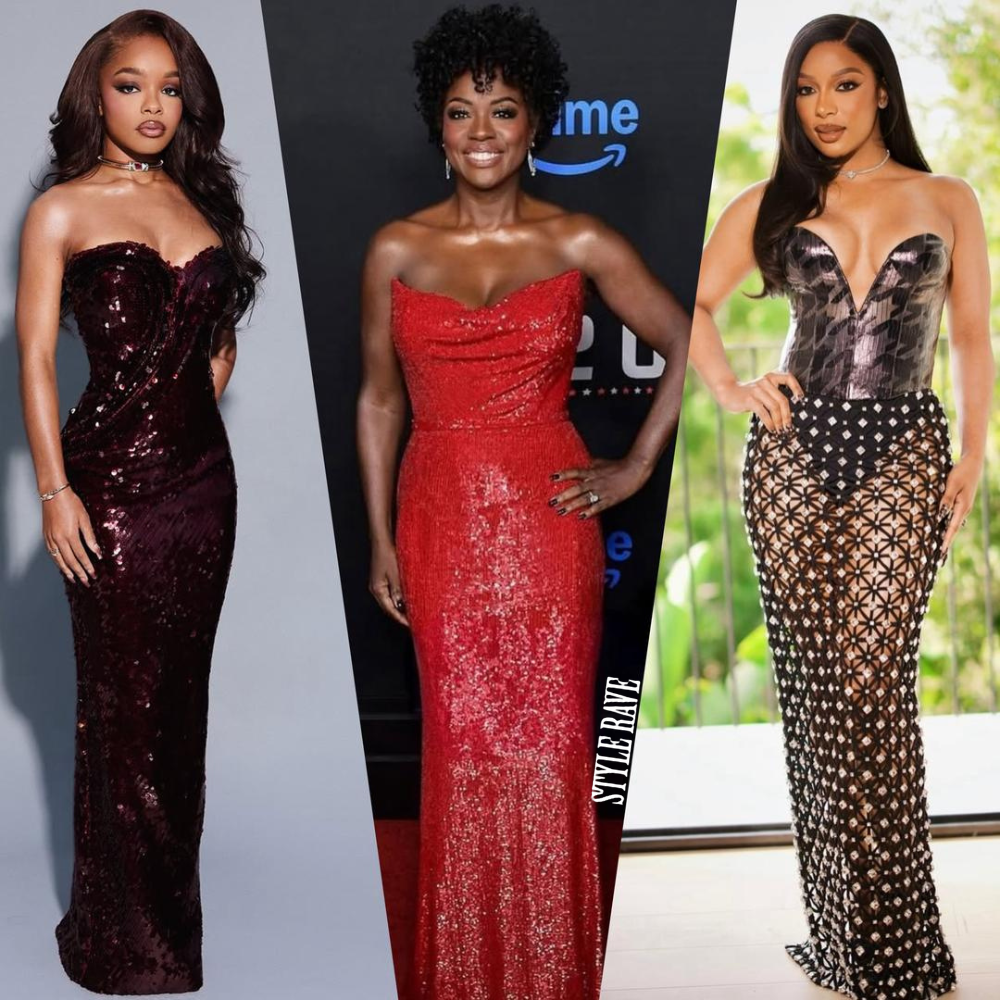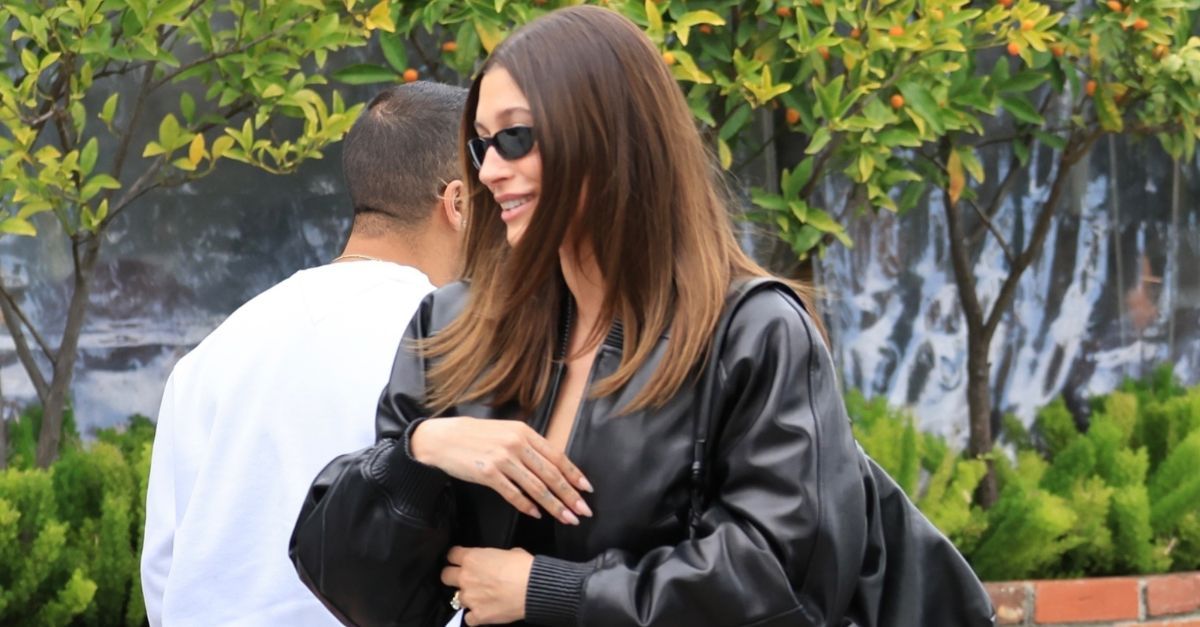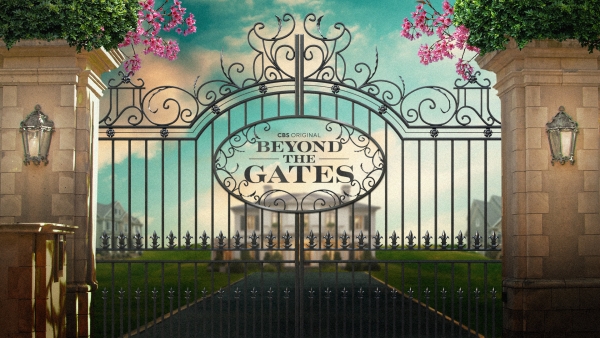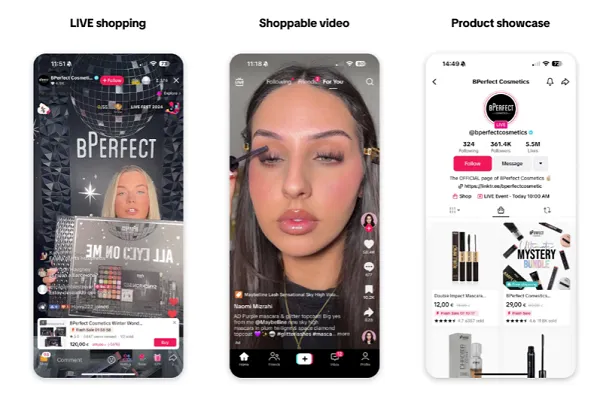
Greetings, Wonketeers! I’m Hooper, your bartender. You know, for some reason, I’ve had this urge to make Taylor Swift’s favorite cocktail. I know, weird, right? Turns out this little pink number is a not-too-sweet citrus bomb that’s easy to fall in love with. If you’re not a sports-ball person, this is a great pre-Valentine’s day cocktail. Let’s make a French Blonde. Here’s the recipe:
2 oz fresh grapefruit juice
2 oz Lilet Blanc
1 oz Bombay Sapphire Gin
½ St. Germain Elderflower Liqueur
3 dashes orange bitters
Add all ingredients to a cocktail shaker. Shake it up (shake it up) and double strain into a chilled coupe glass.
This drink is pleasant and sippable; you’ll try it, think it’s “good but not great,” blink, and wonder why your glass is empty. It’s a tasty alternative to the legendary Cosmopolitan, an elegant choice for an elegant bar crawl. Honestly, the most intriguing aspect of the drink is how much complete hooey is attached to its history.
For starters, the claim that this is Ms. Swift’s “favorite cocktail” is a bit iffy. Reportedly, she sipped a few of these at Rye, a Kansas City restaurant and bar. The co-owner of the bar said, “From our understanding, [that is] her favorite cocktail.” Conveniently, it’s also listed on the menu as one of their original cocktails. I’m more inclined to believe it was her favorite cocktail at that restaurant than her “signature drink.” Ms. Swift has been a Cosmo fan in the past, and in one interview she claimed that Diet Coke and vodka was her drink of choice. My guess is that she’s a completely normal customer at any bar. If she sees something nice on a menu, or if the server recommends a drink, she’ll probably try it.
The hooey definitely does not stop with Ms. Swift. Exactly who invented the drink is a small mystery. One story says that the drink was created in Paris in the 1920s, which would make it a creation out of Harry’s Bar. Another story claims that an American created the drink in the 1950s — this is where the first mention of St. Germain comes up. Oddly, in both stories, the bartender has the same motivation — to make a “more feminine” version of the French 75. Even stranger, this cocktail is nothing like a French 75. The only ingredient both cocktails have in common is gin. The more I go down the rabbit hole, the less I know. Harry’s Bar invented the French 75; why would they make a second iteration of it? The French Blonde doesn’t show up in Harry Craddock’s cocktail bible, The Savoy Cocktail Book, but there is a cocktail called the Parisian Blonde. It’s nothing like the French Blonde.
The heck with it. Time to shrug and have a drink. Let’s talk ingredients:

Fresh Grapefruit Juice: Bottled is acceptable in a pinch, but fresh is always better. Read the label when you shop, or you’ll end up with a “grapefruit juice cocktail” with apple juice and other, non-fruit ingredients in it. It is possible that this drink was originally meant to use white grapefruit instead of pink. Purportedly, the drink was named because “a Parisian bartender in the 1920s decided it was the color of a French girl’s blonde hair.” Well, that’s a funny shade of blonde, seeing as it’s a pink cocktail. But I’ve pretty much given up on trying to figure this drink’s pedigree out.
Lillet Blanc: Lillet Blanc is not vermouth; it’s a sweetened, fortified aperitif wine. I genuinely prefer it to vermouth in martinis and most other applications. Cocci Americano is a good substitute, although it is drier and more bitter.
Gin: Several recipes for this drink ask for a “dry gin.” I interpreted that to mean an old-school London Dry and used Bombay Sapphire. The subtle lemongrass and black pepper notes play well with the rest of the ingredients. It should be noted that Rye uses a local, floral gin in their version of the drink, something similar to Hendrick’s. Either one works here.
St. Germain Elderflower Liqueur: This sweet, floral liqueur is a great way to add complimentary floral notes to any citrus cocktail. It’s been creeping onto craft cocktail menus as an ingredient for a while now. Swap it for triple sec in a Cosmo — you’ll be pleasantly surprised.
Orange Bitters: The recipe calls for lemon bitters, but those are tricky to find. Orange bitters work fine. I might express a lemon twist on top of the cocktail and then discard the twist, in order to get some fresh lemon oil in the glass. Rye garnishes their French Blonde with a thyme sprig. That’s a bit fussy for a drink that’s already carrying far too much baggage. Enjoy it as it stands, and play if you’d like to get fancy.
In summary and conclusion, drink well, drink often, and tip your bartender — donate to Wonkette at the link below!
If you’re buying cocktail implements and whatnot at Amazon, this button gives us a small commission!
You can find me on Threads and Insta at samurai_grog!
OPEN THREAD!








































![Spider-Man Is Back in Black With the Green Goblin in New Funko Pop! Figures [Exclusive] Spider-Man Is Back in Black With the Green Goblin in New Funko Pop! Figures [Exclusive]](https://static1.colliderimages.com/wordpress/wp-content/uploads/2025/03/spider-man-the-animated-series-green-goblin.jpg)






























